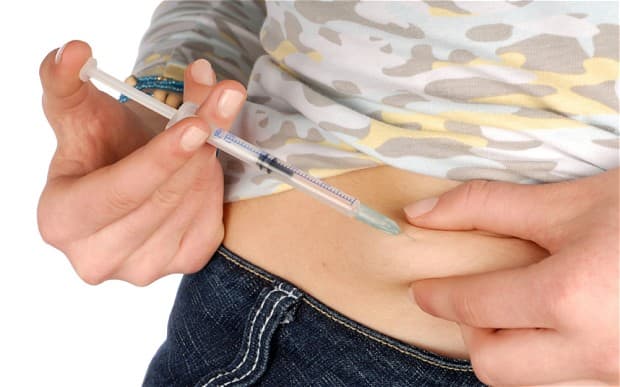Harvard, MIT Move Closer To Type 1 Diabetes Cure With Stem Cell Research Breakthrough
In what could prove to be a very promising breakthrough in medicine, researchers at MIT and Harvard have designed a material that can be used to encapsulate human islet cells (insulin producing cells) before transplantation. This would greatly help patients suffering from Type 1 Diabetes, also known as Juvenile Diabetes which is usually diagnosed in children and young adults where the immune system attacks the pancreas, eventually leaving patients without the ability to naturally control blood sugar. They need to be injected with insulin (produced by genetically engineered bacteria) regularly to keep their blood sugar levels within a healthy range.

The precise control however is difficult to obtain with large swings in blood sugar levels and the technique also involves painful injections which often times result in swelling, redness, and itching where one injects.
A better approach to overcome this would be to replace patients’ destroyed pancreatic islet cells with healthy cells that could take over glucose monitoring and insulin release; however this comes with a glitch. The patients’ immune systems attack the transplanted cells, requiring them to take immunosuppressant drugs for the rest of their lives. This new advance by researchers is set to change things. In preliminary tests on mice, these encapsulated human cells could cure diabetes for up to six months, without provoking any adverse immune response.
The researchers also found that 1.5-millimeter diameter capsules made from their best materials (but not carrying islet cells) could be implanted in nonhuman primates for at least six months without scar tissue building up. They now plan to further test their new materials in nonhuman primates, with the goal of eventually performing clinical trials in diabetic patients.
Source: <a href="https://news.mit.edu/2016/pancreatic-cells-diabetes-treatment-insulin-injections-0125" target="_blank" rel="nofollow noopener noreferrer">No more insulin injections? | MIT News | Massachusetts Institute of Technology</a>

A better approach to overcome this would be to replace patients’ destroyed pancreatic islet cells with healthy cells that could take over glucose monitoring and insulin release; however this comes with a glitch. The patients’ immune systems attack the transplanted cells, requiring them to take immunosuppressant drugs for the rest of their lives. This new advance by researchers is set to change things. In preliminary tests on mice, these encapsulated human cells could cure diabetes for up to six months, without provoking any adverse immune response.
The islet cell transplantation therapeutic approach uses triazole-thiomorpholine dioxide (TMTD) material to encapsulate the cells. The pancreatic islet cells used in the study were generated from human stem cells using a technique recently developed by Douglas Melton, a professor at Harvard University.The researchers also found that 1.5-millimeter diameter capsules made from their best materials (but not carrying islet cells) could be implanted in nonhuman primates for at least six months without scar tissue building up. They now plan to further test their new materials in nonhuman primates, with the goal of eventually performing clinical trials in diabetic patients.
The breakthrough could go a long way in fulfilling the dream of Insulin independence, with promising results into a therapy that can help millions of people worldwide.Source: <a href="https://news.mit.edu/2016/pancreatic-cells-diabetes-treatment-insulin-injections-0125" target="_blank" rel="nofollow noopener noreferrer">No more insulin injections? | MIT News | Massachusetts Institute of Technology</a>
0
